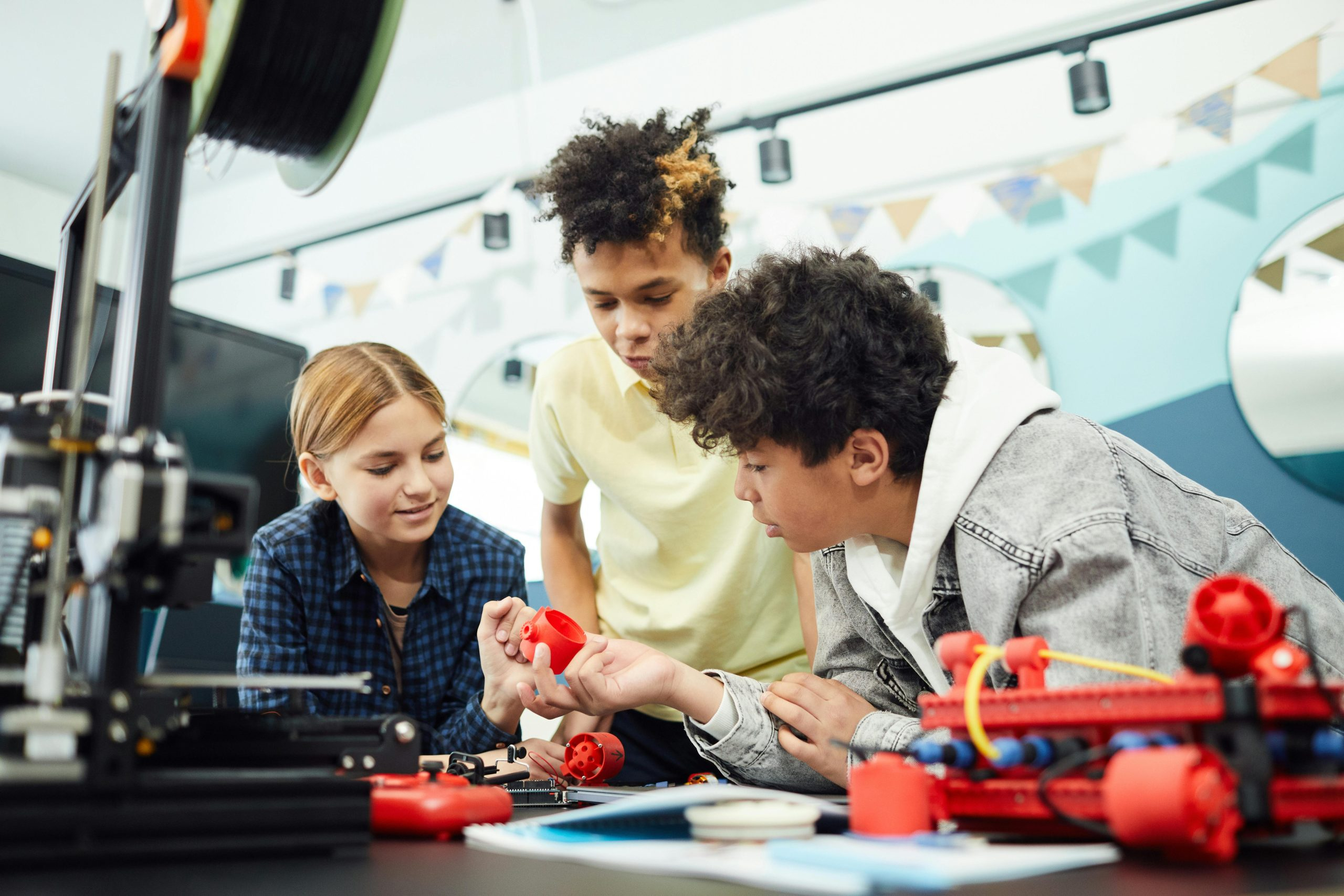3D Printing in Education: Creating Customized Learning Models
In recent years, 3D printing has revolutionized various industries, from manufacturing to healthcare. But one sector that has greatly benefited from this cutting-edge technology is education. With its endless possibilities and potential, 3D printing has opened up new avenues for creating customized learning models. By incorporating it into the curriculum, educators are providing students with a hands-on, interactive, and engaging learning experience. In this article, we will explore the remarkable ways in which 3D printing is transforming education by enabling the creation of personalized learning models.
The Power of 3D Printing in Education
Traditionally, education has been limited to textbooks, lectures, and standardized tests. However, with the advancements in technology, educators are now able to create a more immersive and dynamic learning environment for students. 3D printing, in particular, has emerged as a powerful tool that allows students to design, visualize, and create physical objects from scratch. This technology has proven to be a game-changer in education, especially in promoting hands-on learning and critical thinking skills.
Creating Customized Learning Models
Gone are the days when teachers had to rely on generic and one-size-fits-all teaching methods. 3D printing has enabled the customization of learning models according to the needs and interests of individual students. For instance, a student who struggles with understanding complex mathematical concepts can benefit from a 3D printed model that visually represents the equations. This personalized approach not only improves student engagement but also enhances their understanding and retention of the subject matter.
Enhancing Creativity and Innovation
3D printing in education goes beyond creating custom learning models; it also fosters creativity and innovation. By allowing students to design and print their own objects, this technology promotes critical thinking, problem-solving, and design skills. Students are no longer limited to theoretical concepts; they can now bring their ideas to life and explore their creative potential. This not only makes learning more exciting but also prepares students for the ever-evolving job market, where innovation and creativity are highly valued.
Real-World Applications
In addition to enhancing student learning, 3D printing also has practical applications in various subjects. For instance, in science classes, students can design and print models of cells, molecules, or even organs for a better understanding of their functioning. In history classes, students can recreate architectural structures or historical artifacts to gain a better understanding of different eras. This real-world application of 3D printing makes learning more tangible and relevant, giving students a deeper understanding of the subject matter.
The Future of 3D Printing in Education
As 3D printing technology continues to advance, its potential in education is limitless. In the future, we can expect to see more educational institutions embracing this technology and incorporating it into their curriculum. Some experts even predict that 3D printing will become an essential tool in every classroom, just like computers and projectors are today.
Moreover, with the rise of virtual and augmented reality, 3D printing will play a crucial role in creating interactive and immersive learning experiences. Students will be able to design and print objects, scan them using VR/AR technology, and interact with them in a virtual environment. This has the potential to revolutionize the way we learn and make education more accessible and engaging for students of all ages.
Final Thoughts
From creating customized learning models to promoting creativity and innovation, 3D printing has brought a new dimension to education. It has not only made learning more interactive and engaging but also prepares students for the future. As 3D printing technology continues to evolve, we can only imagine the endless possibilities it holds for transforming education. Therefore, it is crucial for educators to embrace this technology and use it to its full potential to provide a truly personalized and immersive learning experience for their students.
So, let’s welcome the era of 3D printing in education and say goodbye to boring, generic learning methods. With 3D printing, the sky’s the limit!








